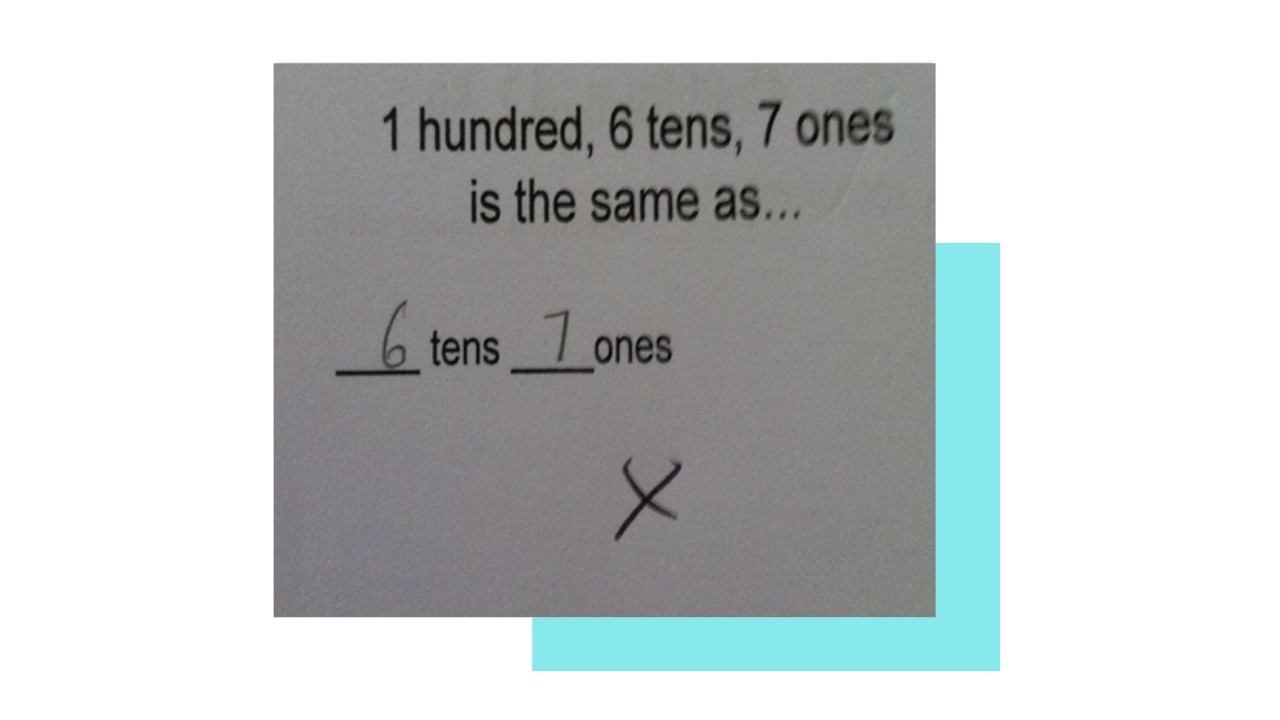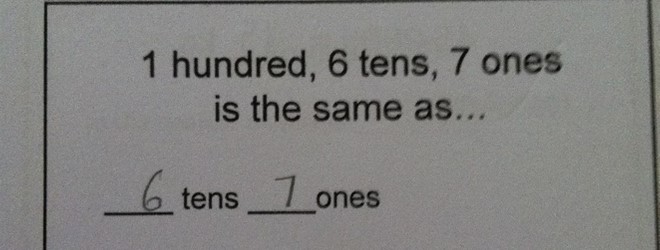Thinking Mistake: Independent Column Thinkers
Jun 15, 2022
Thinking Mistake: Independent Column Thinkers
When I work with students, I love to celebrate mistakes and promote a growth mindset (Dweck, 2016). I encourage all students to see that through mistakes comes learning. I like to label misconceptions as ‘thinking mistakes’. ‘Thinking mistakes’ are in direct contrast to ‘silly mistakes’- ones which I want my students to consciously avoid- these are made when our brain is not ‘switched on’. In stark contrast, ‘thinking mistakes’ are made when our brain is working hard, struggling to make thoughtful and logical conclusions. It is during these times that real brain growth occurs.
This series of blog posts presents six common ‘thinking mistakes’ which have repeatedly surfaced in my research into Year 3-6 students whole number place value understanding. Along with each thinking mistake I also present a piece of teaching advice to help you address these issues.
In this blog I am looking at the ‘rename’ aspect of place value. I define ‘rename’ as: Renaming numbers in multiple ways in terms of place value parts without the use of manipulatives (e.g., 1 260 is equivalent to 126 tens or 12 hundreds and 6 tens or 1 thousand and 260 ones).
Thinking Mistake
My research found that up to 80% of Year 3 students, 48% of Year 4 students, and 15% of students in Years 5 and 6 display the characteristics of Independent Column Thinkers (Rogers, 2014). These students believe each place value column has no relation to the others. This stems from an over-emphasis on the idea that “this is the hundreds column and hundreds live in there”. From this, students fail to understand the multiplicative idea that hundreds are composite units with smaller ‘tens’ and ‘ones’ units ‘hiding’ within them. The image below shows the typical response of an Independent Column Thinker- they simply ignore the fact that 1 hundred can be renamed as 10 tens.

Teaching Tip
We know renaming is an abstract concept for students, but visualisation can assist students to develop their understanding. To introduce this idea, I use Russian nesting dolls. These dolls help to reinforce the idea that in place value there are smaller units within larger units. I encourage the students to close their eyes. If we are talking about the number 356, I ask them to imagine 3 of the ‘hundreds dolls’. I then ask how many smaller ‘tens dolls’ would be inside each, and ask them to visualise them being ‘let out’. There would be 10 tens in each hundred, so 30 tens. This visualisation assists students to appreciate there are units within units and that each column is related to the others. We also want to avoid over-emphasising what I like to call ‘column locator’ type problems. You only have to do a quick Google search to see that many of the worksheets available for place value focus on this ‘skill’. ‘Column Locator’ problems require students to locate a place value column and record the digit in that problem. For example, ‘What number is in the hundreds place in 345?’ To solve this, a student only needs to be able to identify the hundreds column and record the digit in this column. While knowing the names of the columns is important, it is not something that we need to over-emphasise.
We want to change our emphasis to looking at the relationship between columns. We can do this by focusing on the word ‘altogether’. Instead of asking ‘how many tens are there in 345?’ ask ‘How many hundreds are there ‘altogether’ in 345?’.
This encourages students to consider that there may be tens ‘hiding’ within the other columns. They will learn that the tens can’t be in the ones column- they are too big, but they can hide in the hundreds column. So we can encourage them to think: There are 10 tens in one hundred, so 3 hundreds must have 30 tens.
This thinking is challenging for students, but critical in them coming to understand our place value system!
PS: Today (16th of June, 2022) is the last day to join the NTA as part of my June intake. There are a few spots remaining (I only enrol 40 people each intake). So if you are interested, please click here for more information.
If you would like to have a look inside the NTA, please click here and I will show you through the portal!

